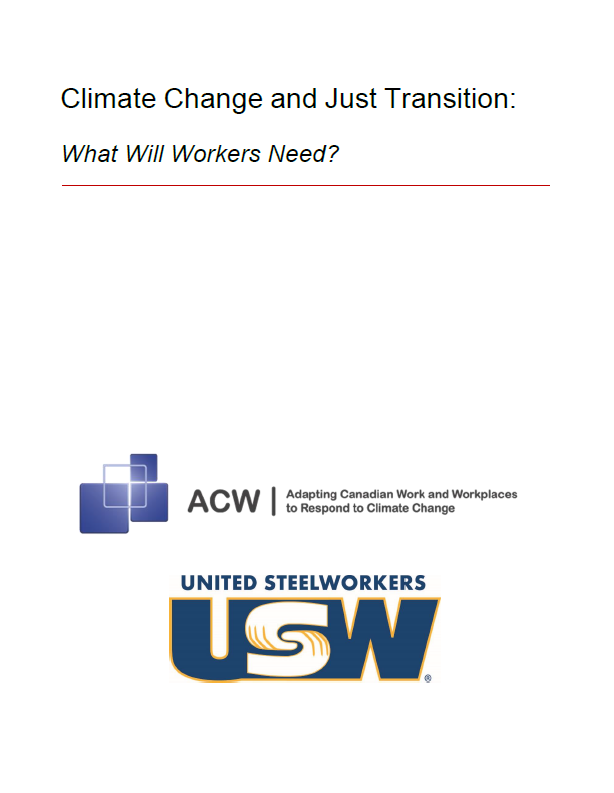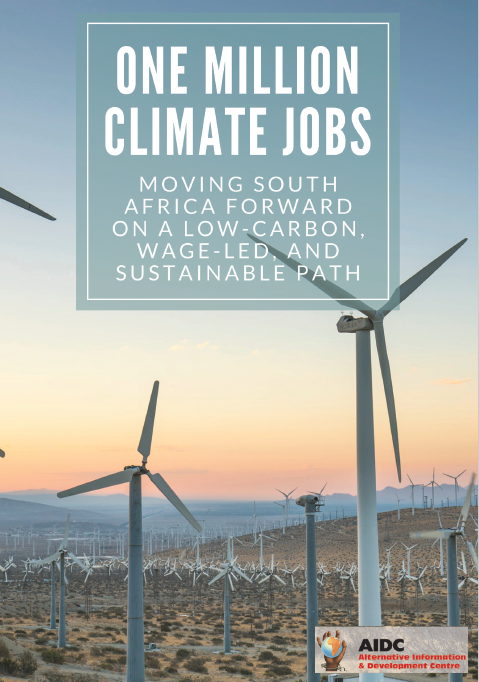You are here
green jobs
The Fine Print I:
Disclaimer: The views expressed on this site are not the official position of the IWW (or even the IWW’s EUC) unless otherwise indicated and do not necessarily represent the views of anyone but the author’s, nor should it be assumed that any of these authors automatically support the IWW or endorse any of its positions.
Further: the inclusion of a link on our site (other than the link to the main IWW site) does not imply endorsement by or an alliance with the IWW. These sites have been chosen by our members due to their perceived relevance to the IWW EUC and are included here for informational purposes only. If you have any suggestions or comments on any of the links included (or not included) above, please contact us.
The Fine Print II:
Fair Use Notice: The material on this site is provided for educational and informational purposes. It may contain copyrighted material the use of which has not always been specifically authorized by the copyright owner. It is being made available in an effort to advance the understanding of scientific, environmental, economic, social justice and human rights issues etc.
It is believed that this constitutes a 'fair use' of any such copyrighted material as provided for in section 107 of the US Copyright Law. In accordance with Title 17 U.S.C. Section 107, the material on this site is distributed without profit to those who have an interest in using the included information for research and educational purposes. If you wish to use copyrighted material from this site for purposes of your own that go beyond 'fair use', you must obtain permission from the copyright owner. The information on this site does not constitute legal or technical advice.






 DONALD TRUMP'S presidency is sure to bring intensified attacks on U.S. workers. He has promised massive tax handouts to corporations, rollbacks of labor and environmental regulations, cuts in social services, attacks on abortion providers, and incarceration and deportation for undocumented workers.
DONALD TRUMP'S presidency is sure to bring intensified attacks on U.S. workers. He has promised massive tax handouts to corporations, rollbacks of labor and environmental regulations, cuts in social services, attacks on abortion providers, and incarceration and deportation for undocumented workers. Donald Trump was elected in November on a platform that included both climate denial and the promise of jobs for Rust Belt communities still hurting from deindustrialization. In the months since, his strategy to create jobs has become increasingly clear: tax breaks and public shaming of companies planning to move their operations out of the country.
Donald Trump was elected in November on a platform that included both climate denial and the promise of jobs for Rust Belt communities still hurting from deindustrialization. In the months since, his strategy to create jobs has become increasingly clear: tax breaks and public shaming of companies planning to move their operations out of the country. Tackling climate change is good for the economy, good for business and good for people. This is the narrative often pushed out by campaigners, researchers and governments around the world.
Tackling climate change is good for the economy, good for business and good for people. This is the narrative often pushed out by campaigners, researchers and governments around the world. The One Million Climate Jobs Campaign is an alliance of labour, social movements and popular organisations in South Africa that is campaigning for the creation of a million climate jobs as part of a collective approach to the crisis of unemployment and climate change. The Campaign was launched in 2011 and since then has been mobilising thousands of South Africans around real solutions to slowing down climate change, protecting the natural environment, improving the quality of life for all and moving towards a sustainable development path. Climate change will exacerbate inequality and poverty because it reduces access to food, water, energy and housing. Thus it is vital that social justice struggles around these issues incorporate struggles around climate change.
The One Million Climate Jobs Campaign is an alliance of labour, social movements and popular organisations in South Africa that is campaigning for the creation of a million climate jobs as part of a collective approach to the crisis of unemployment and climate change. The Campaign was launched in 2011 and since then has been mobilising thousands of South Africans around real solutions to slowing down climate change, protecting the natural environment, improving the quality of life for all and moving towards a sustainable development path. Climate change will exacerbate inequality and poverty because it reduces access to food, water, energy and housing. Thus it is vital that social justice struggles around these issues incorporate struggles around climate change. EDMONTON — A group of oil-and-gas workers has a plan to create job opportunities and retrain workers for clean energy projects, and they are calling on the federal government to step up.
EDMONTON — A group of oil-and-gas workers has a plan to create job opportunities and retrain workers for clean energy projects, and they are calling on the federal government to step up.